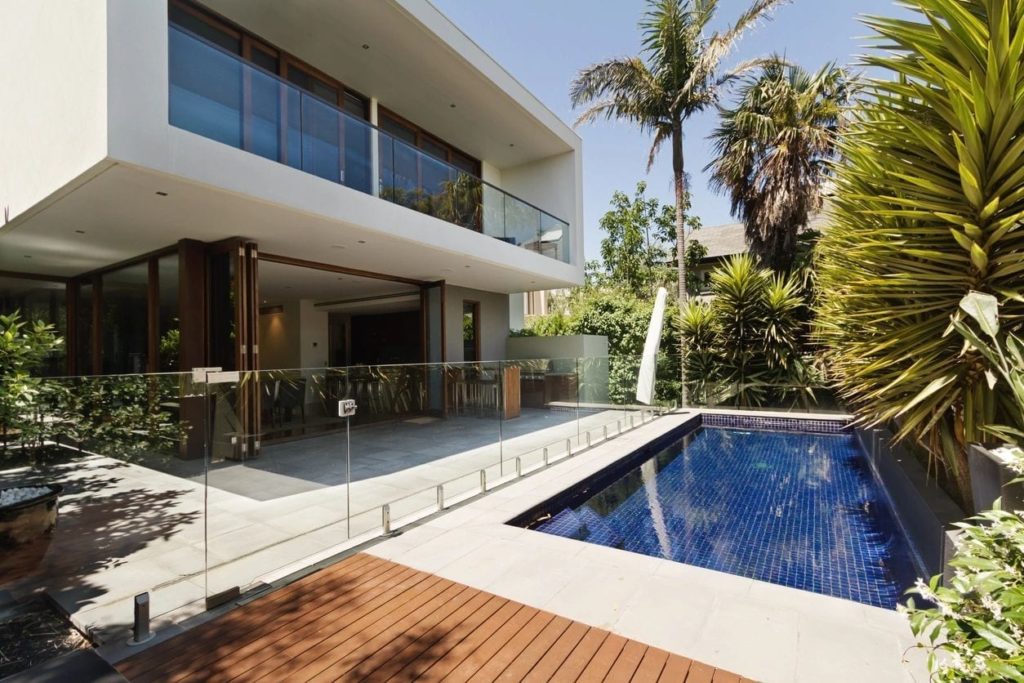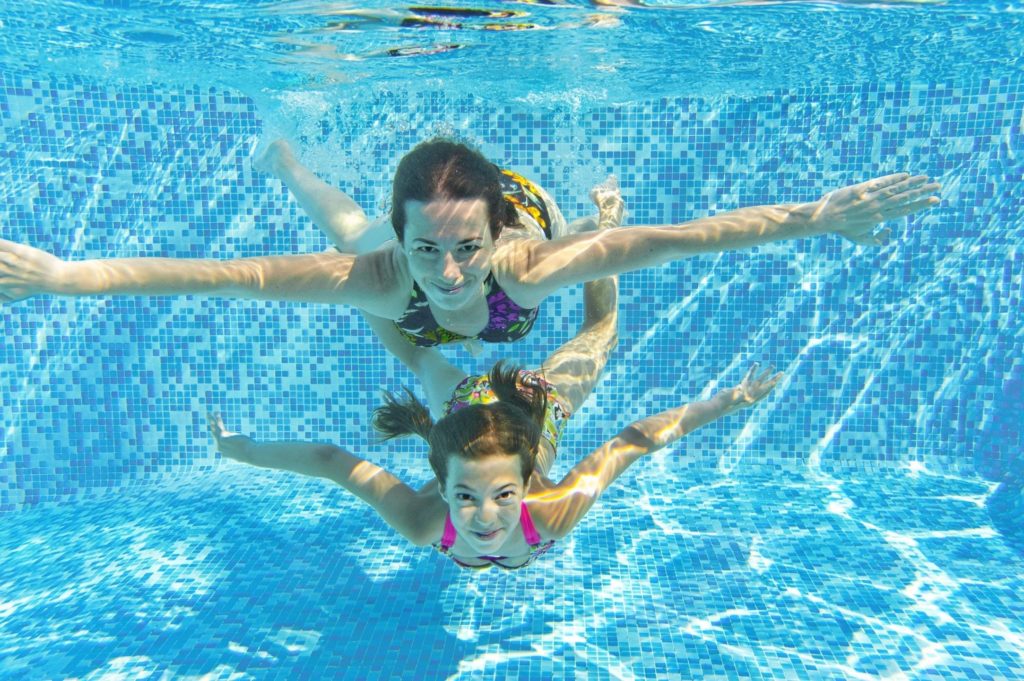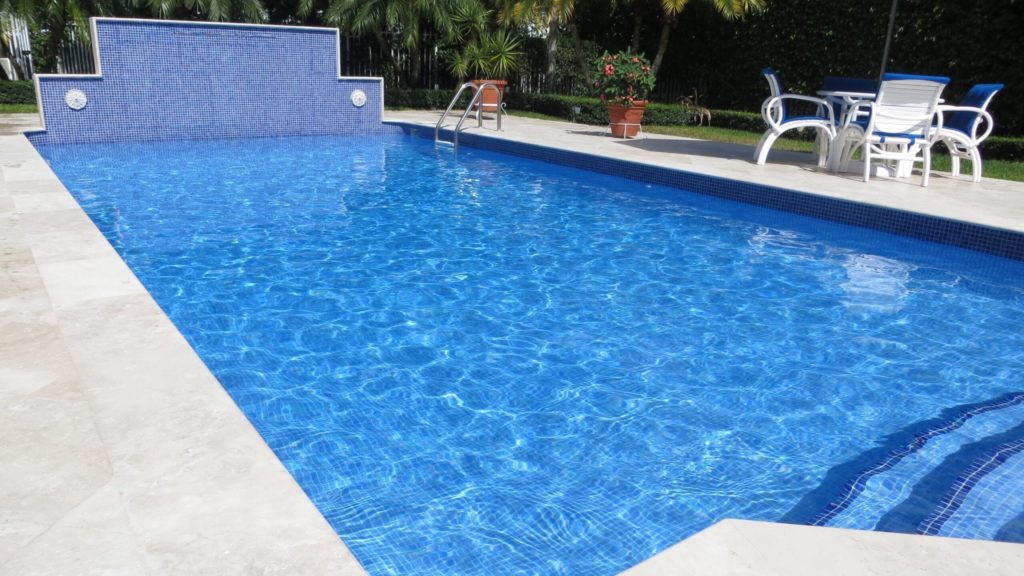Now that the weather is chilly here in South Florida, perhaps you are thinking about installing an electric pool heater but are afraid of seeing your electric bill skyrocket. Maybe you already have a pool heat pump but don’t use it due to the same reason. Here we are going to talk about several things that can help you save some money when installing or making use of your existing pool heat pump.
The right size
If you are thinking about getting a pool heat pump the first thing you need to do is find the right size for your pool. Pool heaters are sized using BTUs, which stands for British Thermal Unit. A BTU is the measured amount of heat created by a pool heater. Pool heat pumps range from 75,000 Btu to 140,000 Btu.
To figure out the right size for your pool first you have to calculate the surface area of your pool in square feet. To do this, multiply the length and the width of your pool. Second, decide what you want your pool water temperature to be and what the average temperature outside will be during the coldest month. Third, subtract the average temperature for the coldest month from the temperature you want your water to be to figure out the Temperature Rise needed. Fourth, use this formula to figure out how many BTUs you will need: Pool area x Temperature Rise x 12.
For example, your pool is 15 x 30 feet or 450 square feet. January is the coldest month in Miami with an average temperature of 60 degrees and you want your water to be at 80 degrees, therefore your Temperature Rise calculation is 80 – 60 = 20. Now using the formula 450 (pool surface) x 20 (Temperature Rise) x 12 = 108,000 BTU.
Keep the temperature constant
Just like you spend more energy when you keep your AC off all day and then turn it on at night, keeping a constant temperature in your pool water allows you to save money on your energy bill. Heating the water from 60 degrees to 80 is going to take more time and energy than heating the water from 70 to 80. If you are going to use your pool every night during the winter, consider this especially. If you are only going to use it on the weekends, keep it at a lower than comfortable temperature Monday thru Thursday and then on Friday raise it to your desired comfort.
Efficiency
When buying a pool heat pump consider not only its energy efficiency rating but also how energy efficient the installation will be. When we talk about efficiency most people think of thermal efficiency, which measures how efficiently a heater warms the water. But consider also the hydraulic efficiency, or how efficiently the pool pump pushes the water through the system.
In the average heated pool in the US, the filter pump runs for about 3,000 hours per year, but the heater only runs for about 100 hours, but it is affecting the pool system hydraulics all of the time, wasting energy when it’s not in use.
Today there are heaters with built-in bypasses that allow water to circumvent the heat exchanger when the heat is not needed and direct the water through the heat exchanger when it is heating, therefore minimizing the energy consumption of your filtration pump.
Heat loss
One important aspect that affects the temperature of the water (and the dollar signs on your bill) is heat loss. The main contributor to heat loss is evaporation. “The evaporation rate from an outdoor pool varies depending on the pool’s temperature, air temperature and humidity, and the wind speed at the pool surface. The higher the pool temperature and wind speed and the lower the humidity, the greater the evaporation rate”, according to Energy.gov.
One way to minimize evaporation is to use a pool cover. If you cover your pool while not in use you could see savings from 50 to 70%.
We hope this information helps you make up your mind about whether to get a pool heater or not. If you decide you want to go ahead, give us a call and we will gladly give you a recommendation for your pool. You can also contact us here.






